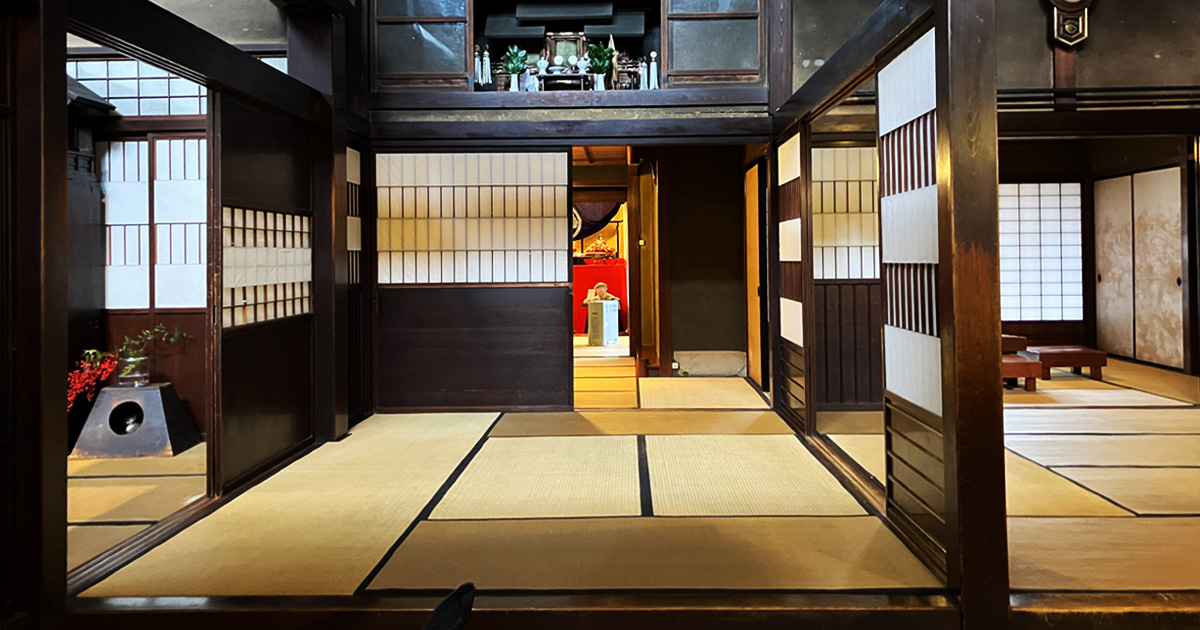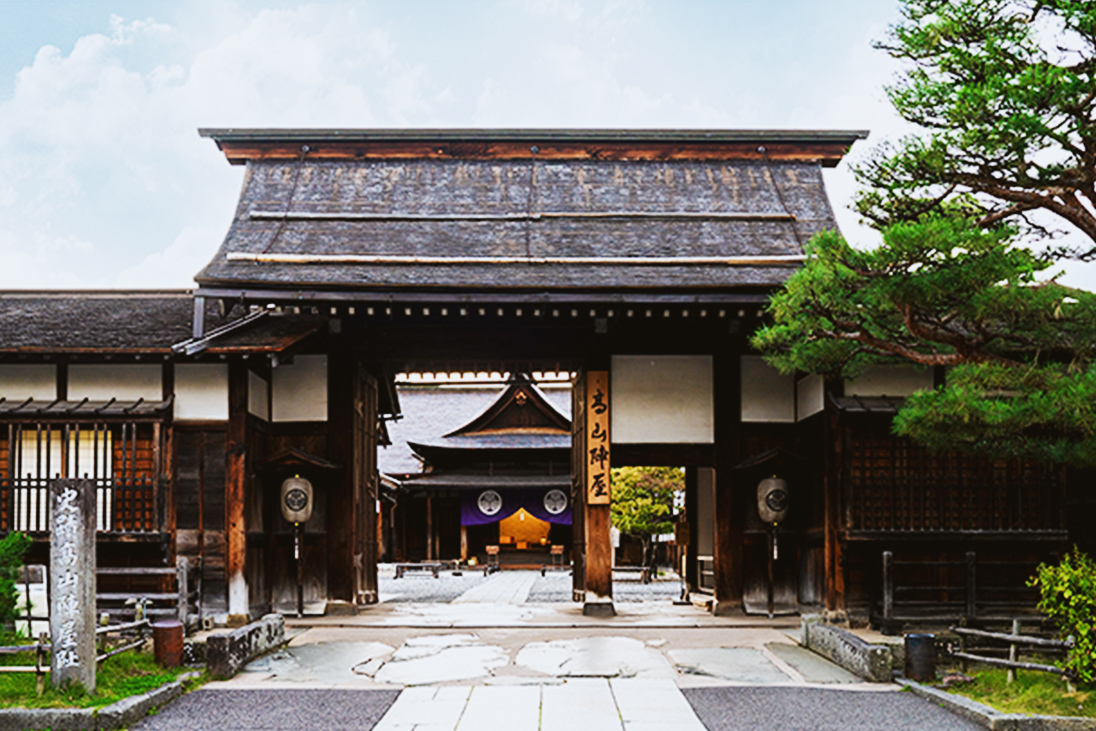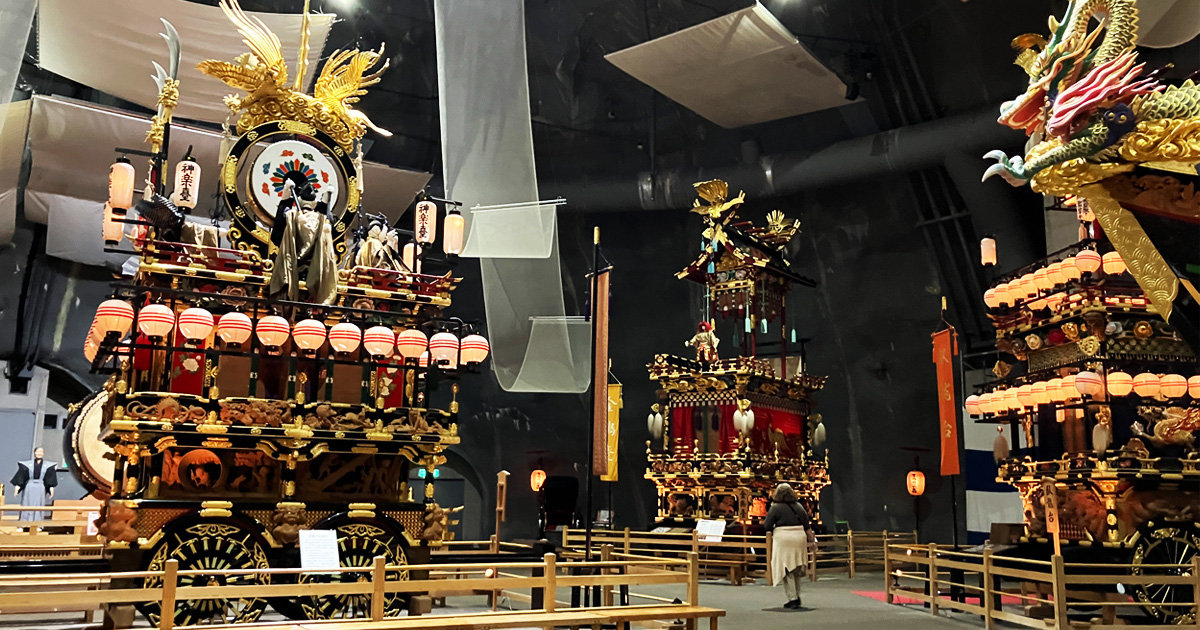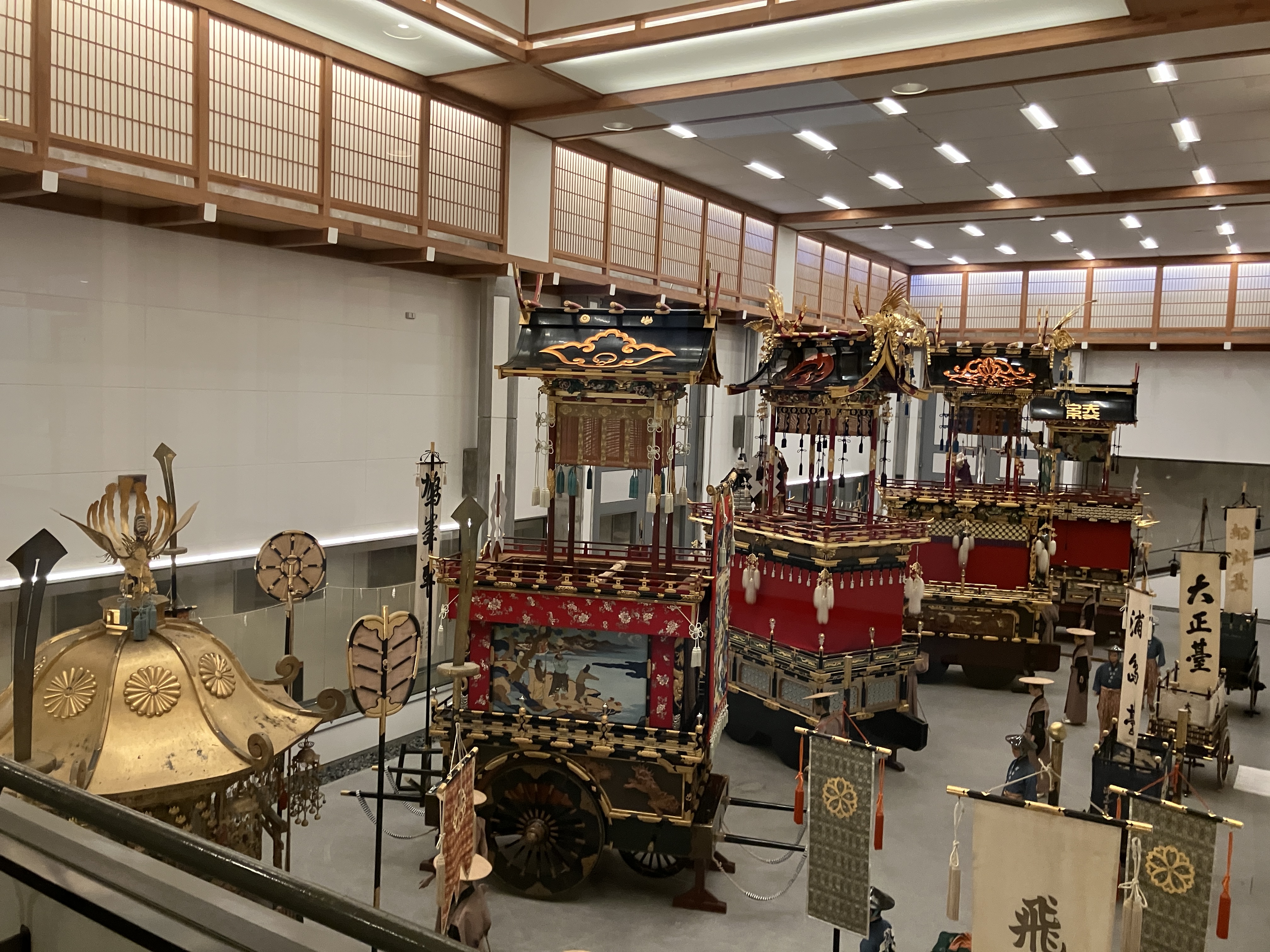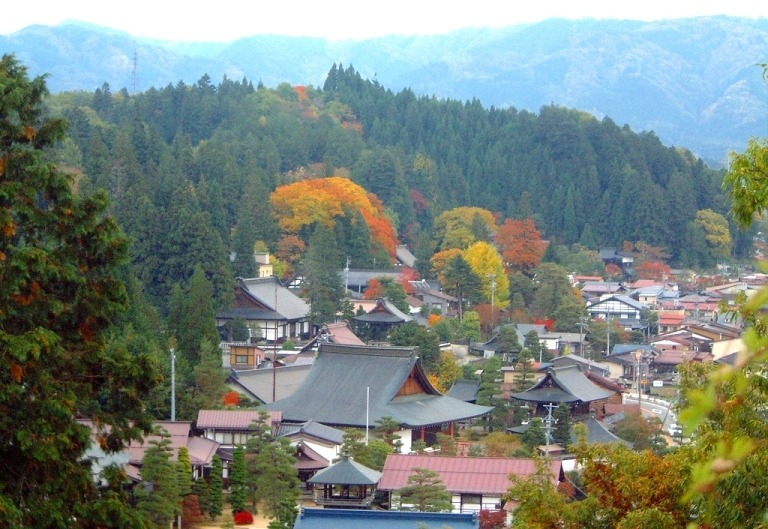7 things you must see at Miyagawa Morning Market
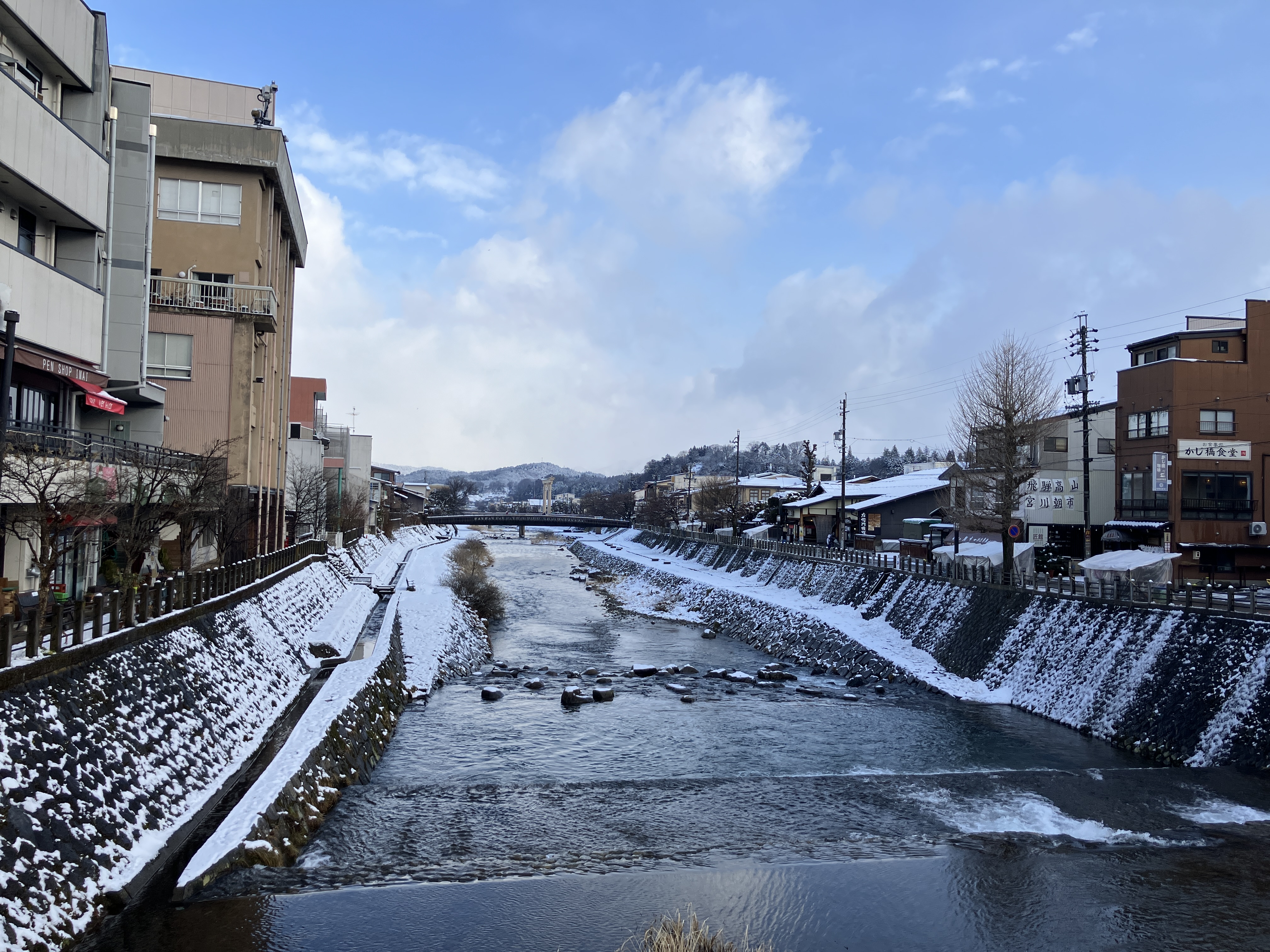
Visiting Miyagawa Morning Market is one of the must-dos in Takayama. Miyagawa Morning Market is held every day beside Miyagawa river which penetrates the center of Takayama city. There are aligning tents stretching as far as 500 meters between Kaji Bridge and Yayoi Bridge, selling not only fresh vegetables and fruits but also folk crafts. There are so many shops that you will probablly be at a loss what to see and buy there.
History of Miyagawa Morning Market
Miyagawa Morning Market started to develop in the Edo period. It initially sold rice, silk and flowers. Since the Meiji period, the local farmers began to gather around the market and sell their products.
As you may know, in Takayama, which is a town deep in the mountains, and is subject to severe cold and snow in winter, it is not possible to harvest crops as much as you expect. Therefore, various kinds of preserved food has been invented and handed down to pass through such harsh winter. Moreover, Takayama has been a transportation hub which connects Hokuriku region and Nagoya metropolitan area. That also helped Takayama to develop their morning markets.
The market went into the declining phase as World War 2 took place. All Japanese citizens came to suffer from the food shortage because of the excessive demands and govermental regulations.
After the war, there was a shortage of food and supplies, so black markets opened all over the country.
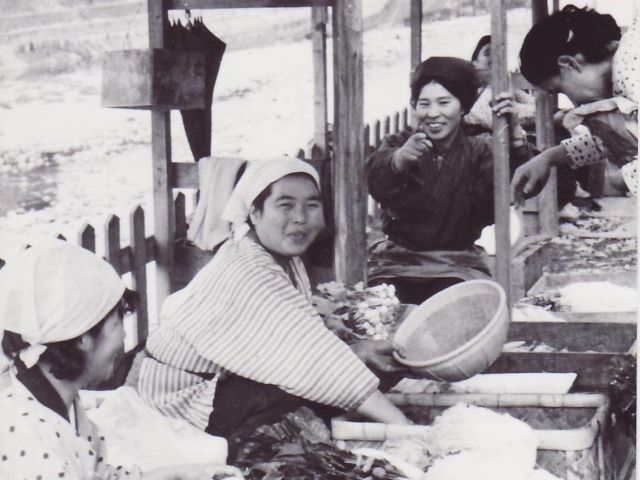
Takayama was no exception with black markets held in front of Takayama Jinya, Takayama Betsuin, and Miyagawa river area. As Japan’s economy skyrocketed thanks to Tokyo Olympics and Osaka World Expo, Miyagawa Markets also gained its vitality and grew to its current size.
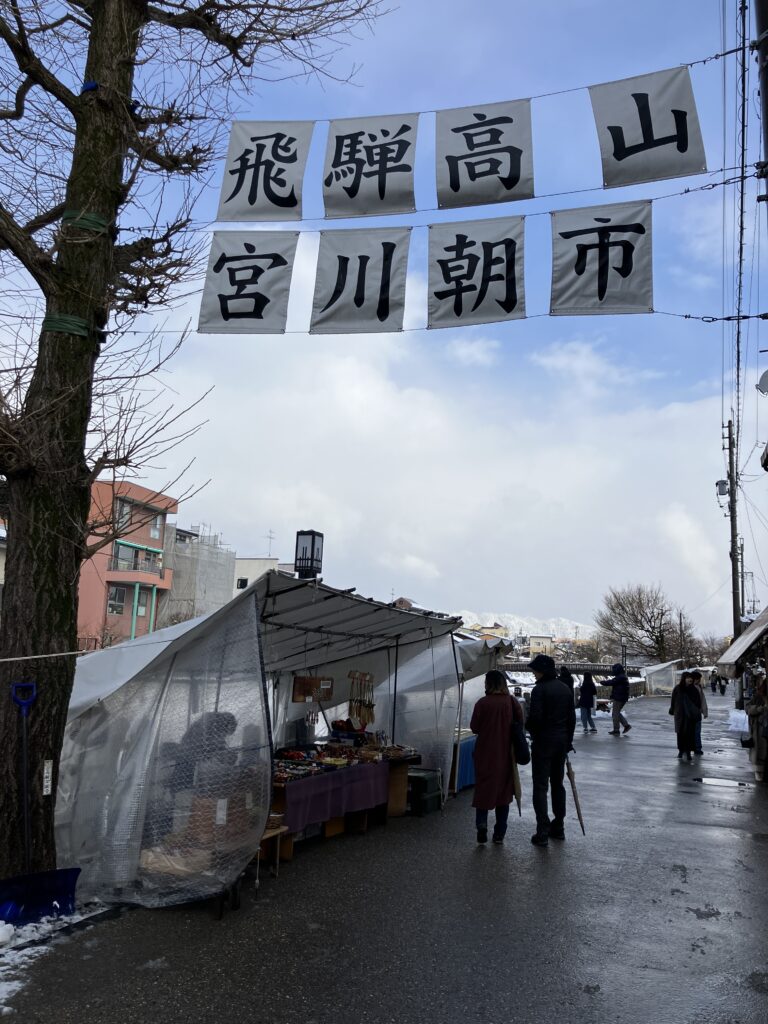
Must-see products
Below is the list of goods recommendable to buy in Miyagawa Morning Market.
Akakabu-zuke (Pickled red turnip)

Preserved food like pickles are very important in such a cold region as Takayama where people have to bare harsh winter. There are many kinds of pickles offered at the market. Above all, the pickled red turnip should be the best recommendation in Takayama. It has vivid crimson appearance without coloring agent and impressive savour and sourness unique to fermented pickles. It must be also fun to taste the same kinds of pickles offered by different shops. Some shops persist in preserving the pickling method which has been inheritated from their previous generation, others continue to develop their own taste through trial and error.
Hoba-miso
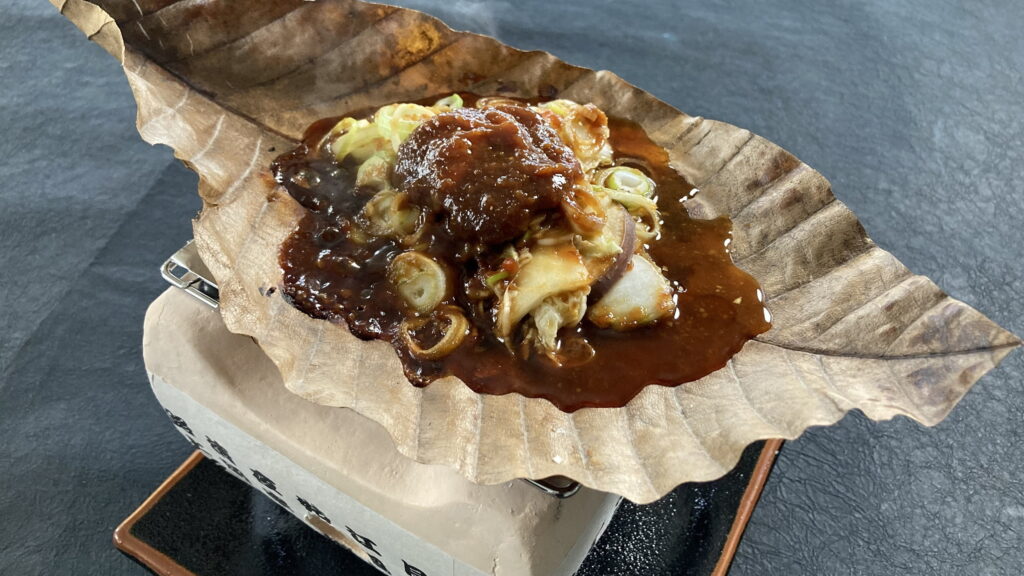
Hoba miso is one of the local dishes from the Takayama region. It is made by mixing miso with condients such as green onions and ginger, and shiitake mushrooms, and grilling it on magnolia leaves. The name Hoba Miso comes from the fact that miso is placed on magnolia leaves and then grilled.
Hoba miso originated during Hida’s harsh winters when frozen pickles and miso were mixed together on magnolia leaves and eaten warm. The leaves of the magnolia tree, which grows wild in the Takayama region, are large, durable, and flammable. You can use it like a plate for cooking. It also goes well with a variety of ingredients such as Hida beef, pork, chicken, cod, salmon and mountain vegetables. The combination of meat or fish with rich miso paste can bring out each other’s savour.
By the way, magnolia leaves have a bactericidal effect that is said to prevent mold from growing, and it also has a pleasant aroma. That’s the reason why the locals preferably use the leaves to preserve food.
Midarashi dumplings

Midarashi dumplings are also local food in the Takayama region. It is considered more like a type of preserved food than a type of sweets. They are round-shaped and flavoured with soy sauce. It has chewy texture with faintly smoky aroma which reminds us of soothy rustic atmosphere.
Midarashi-dumbpling food stand can be seen in Sanmachi Preservation District for a group of Important Traditional Buildings and near Takayama-Jinya. So it’s also a good idea to take a break while walking around town and try some midarashi dumplings. Some shops offer the midarashi dumplings wrapped with a strip of seaweed.
Gohei-mochi

Goheimochi is a type of mochi that has been passed down in the mountainous regions of the Chubu prefectures such as Nagano, Gifu, Toyama, Aichi and Shizuoka. Uruchimai rice that has been half-pounded until grains remain, is dipped in sauce and grilled on skewers. What’s interesting is the sauce differs in each region. They make the sauce by combining soy sauce or miso paste with optional oil-containing ingredients such as sesame, peanut, perilla or tree buds and finally add suger to make it taste quite sweet.
Owara tamaten
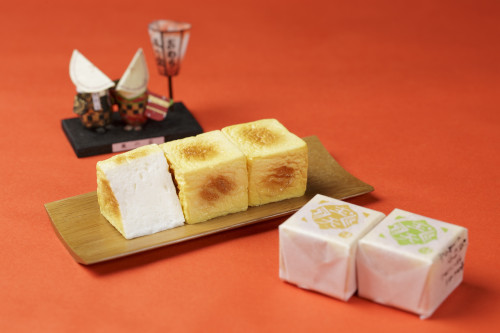
Owara tamaten is a square shaped traditional sweet which was invented by a long-established store called Rinseido. It is made by wrapping a sweet egg white hardened with agar in a yolk and baking it to a golden color. It looks like a browned omlet or French toast. The unique texture and the sweetness of the sugar make it addictive.
The main store was founded in the late Edo period in Yatsuo town ( Toyama prefecture) and invented tamaten. It also opened a store called “Takayama Rinseido” in Takayama. This is what you can see at Miyagawa Morning Market.
Sarubobo

In Hida dialect, a baby is called “bobo” and saru translates as monkey. So sarubobo means baby monkey. They can often be seen at tourist spots in the Hida region.
Tracing the origin of this sarubobo, it is said that its original form was made of pure silk first became popular among the aristocrats of the time as amulets for birthing houses. In later years, they came to be made from leftover cloth at home gradually spread to the level of townspepole. It is considered a talisman in hopes for a good match, the growth of a child, and good health.
However, as time passed, the doll culture became obsolete due to the creation of new dolls or the introduction of dolls from foreign countries, and it is said that it remained in mountainous areas like the Hida region that were less susceptible to the influence of other cultures.
Actually, Sarubobo does not have a face. It’s not because the character has no face, but Sarubobo’s face intentionally hasn’t been drawn since the begining. Sarubobo has meant to be a “mirror” which reflects owner him/herself. As a talisman it captures the owner’s emotions, Sarubobo smiles when he is happy, and makes a sad face when he is sad, so originally no face was drawn on it. Furthermore, if you look into its origin and history, Sarubobo can also be interpreted as a scapegoat that protects its owner from any disaster.
By the way, in addition to red Sarubobo, Feng Shui Sarubobo are made in various colors such as blue and pink. In addition, the shapes of Sarubobo have diversified, and there are a wide variety of Sarubobo, including those made in collaboration with animals such as “Usabobo” shaped like a rabbit, “Nekobobo” like a cat, “Kofuku Sarubobo” like a pregnant woman, and “Ninja Sarubobo” like a ninja.
Local’s kindness
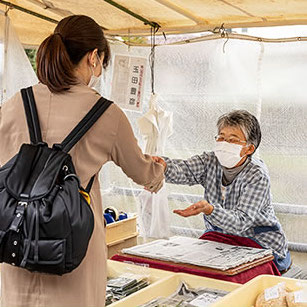
Every time you stop by a food stall at Miyagawa Morning Market, you’ll be greeted with smiling faces and gentle Hida dialect.
Every time you buy vegetables or pickles, they give you a little extra, and if you become a regular customer, they greet you in a friendly manner. The warm, face-to-face interaction that you don’t often find in local supermarkets will surely to soothe your mind.
Another good thing about the morning market is that there are never any forced sales. So you can take your own time to select the products one by one which you really wish to get.
If you find some rare vegetables or pickles, let’s ask the old lady about it. She may also tell you how to taste and cook vegetables, even if you are showing her the ones you bought at other stores. “That makes us happy, too.” the aunts would say like that with smiles. The appeal of Miyagawa Morning Market is that you can experience the endless warmth and deep humanity.

